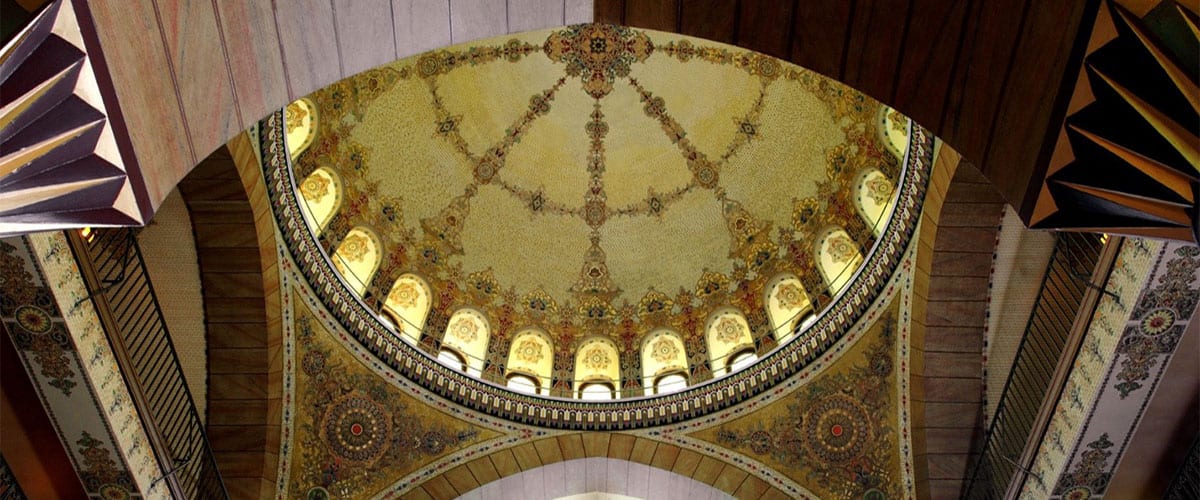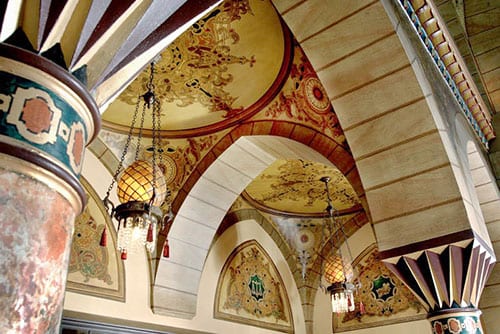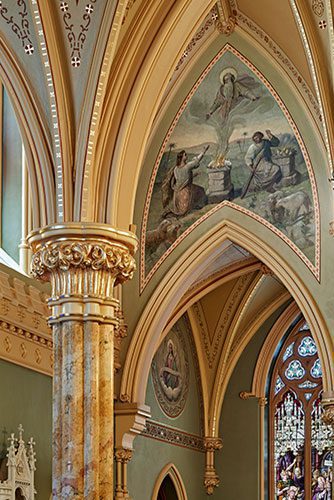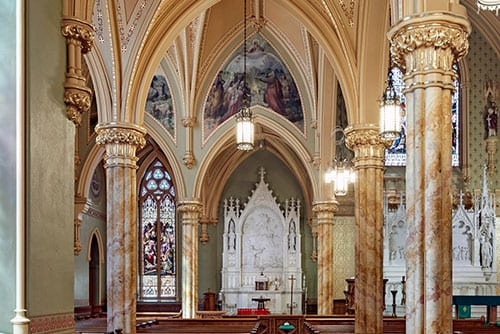The Art of Scagliola Plaster


First used in the Renaissance as a way of imitating marble, the complex process of Scagliola plaster has remained on of the most widely used means to simulate expensive stone materials. The powerful Medici family were the first to use the method in the late 17th Century as a way of achieving the look of marble columns, without having to quarry and transport fine stone—an exceedingly difficult and costly process without modern technology to assist. Soon the technique spread throughout Tuscany, and was incorporated in object d’arts. Since stone no longer had to be cut to create marble inlays, extremely fine patterns (previously impossible to craft) could now be incorporated into floor and wall designs. Scagliola revolutionized marbleizing and the technique soon was popularized across Europe.
While easily mistaken for stone, the finishing technique is nothing more than plaster applied to a wood, stone, or brick substrate—with the principle ingredient being a form of gypsum known as Scagliola, which is mined in northern Italy. Warmer to the touch and sounding hollow when tapped, there are a few signs that instantly give away this marbling techniques secret but the addition of marble flakes, dust, and pieces makes it near impossible to tell the difference from afar.


Medinah Country Club



